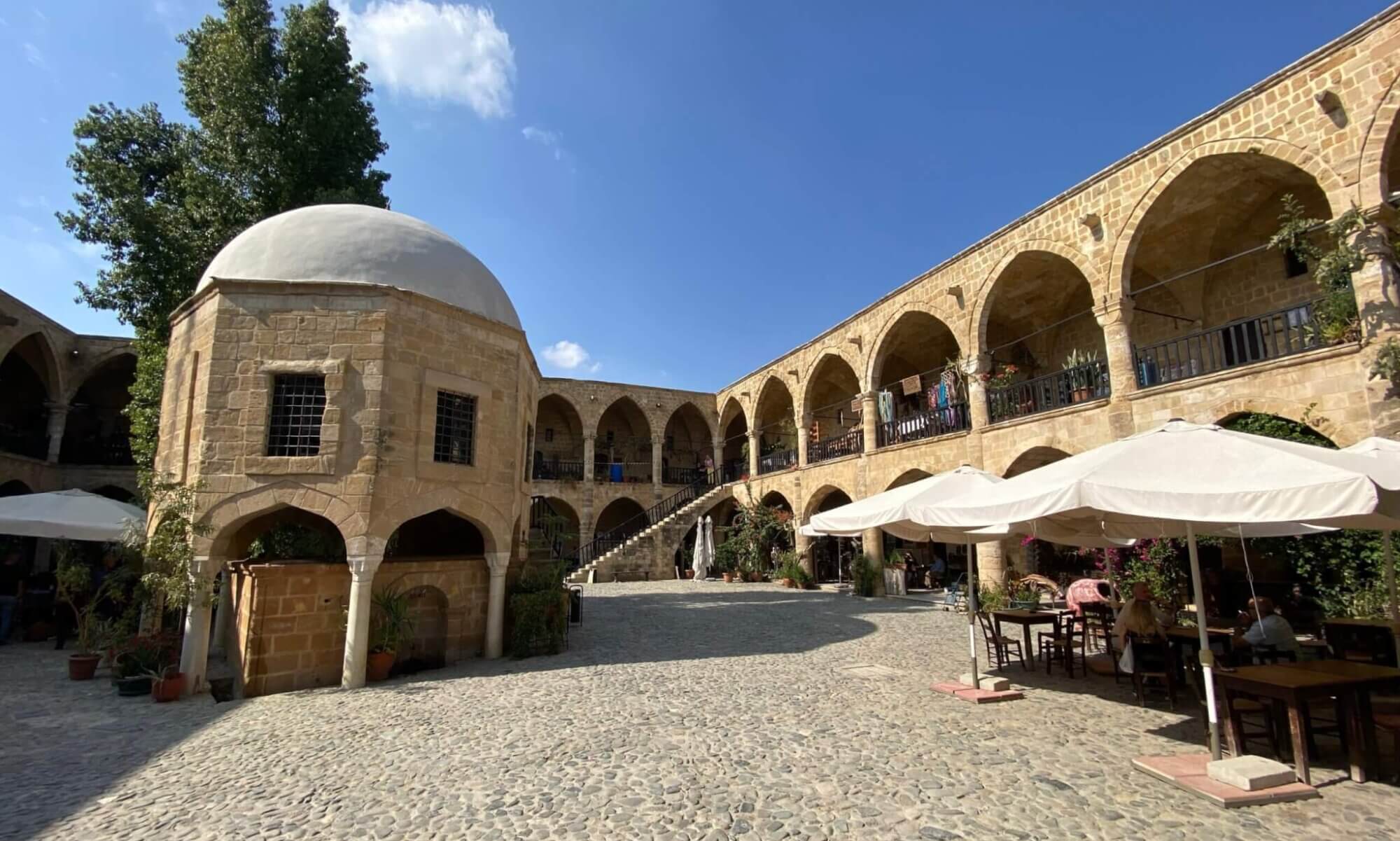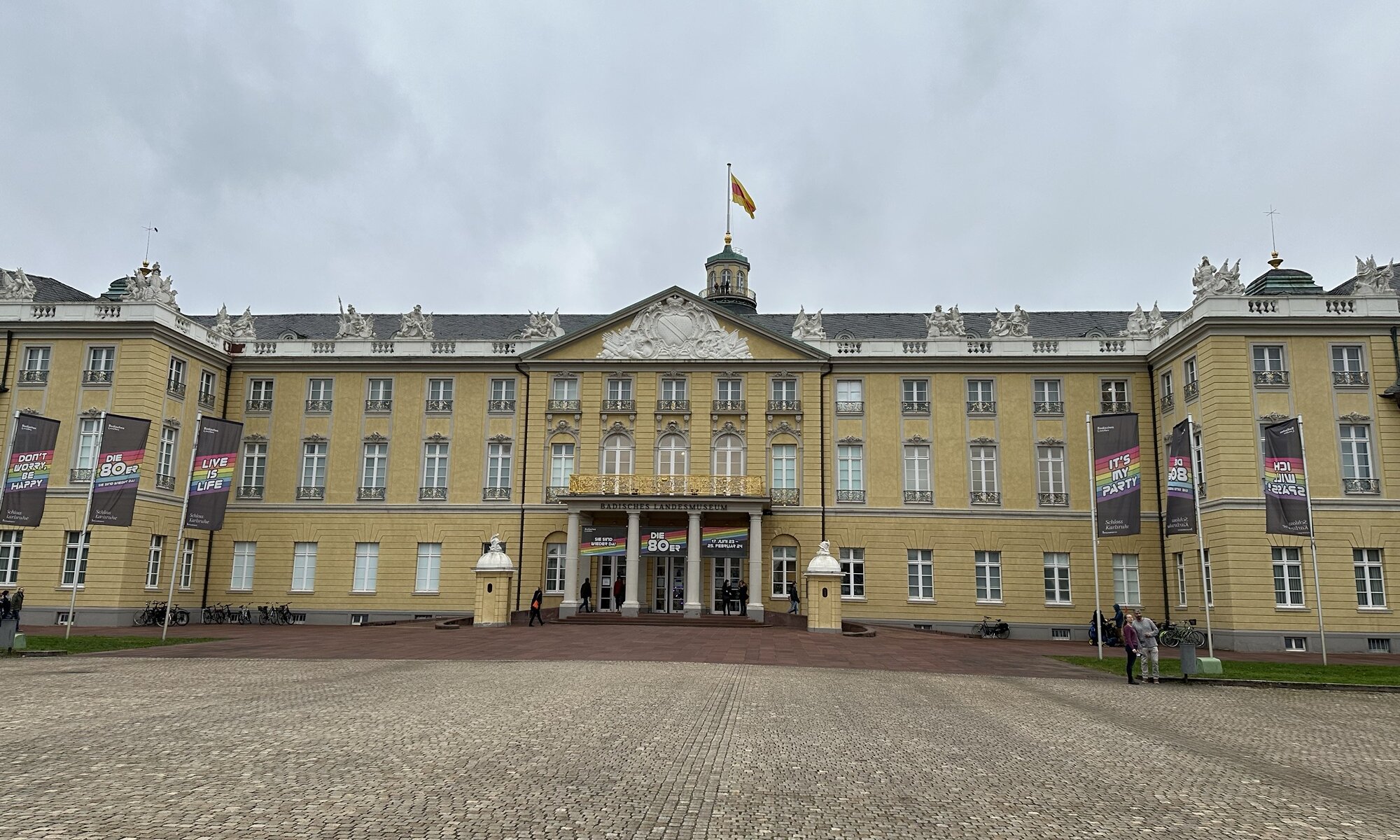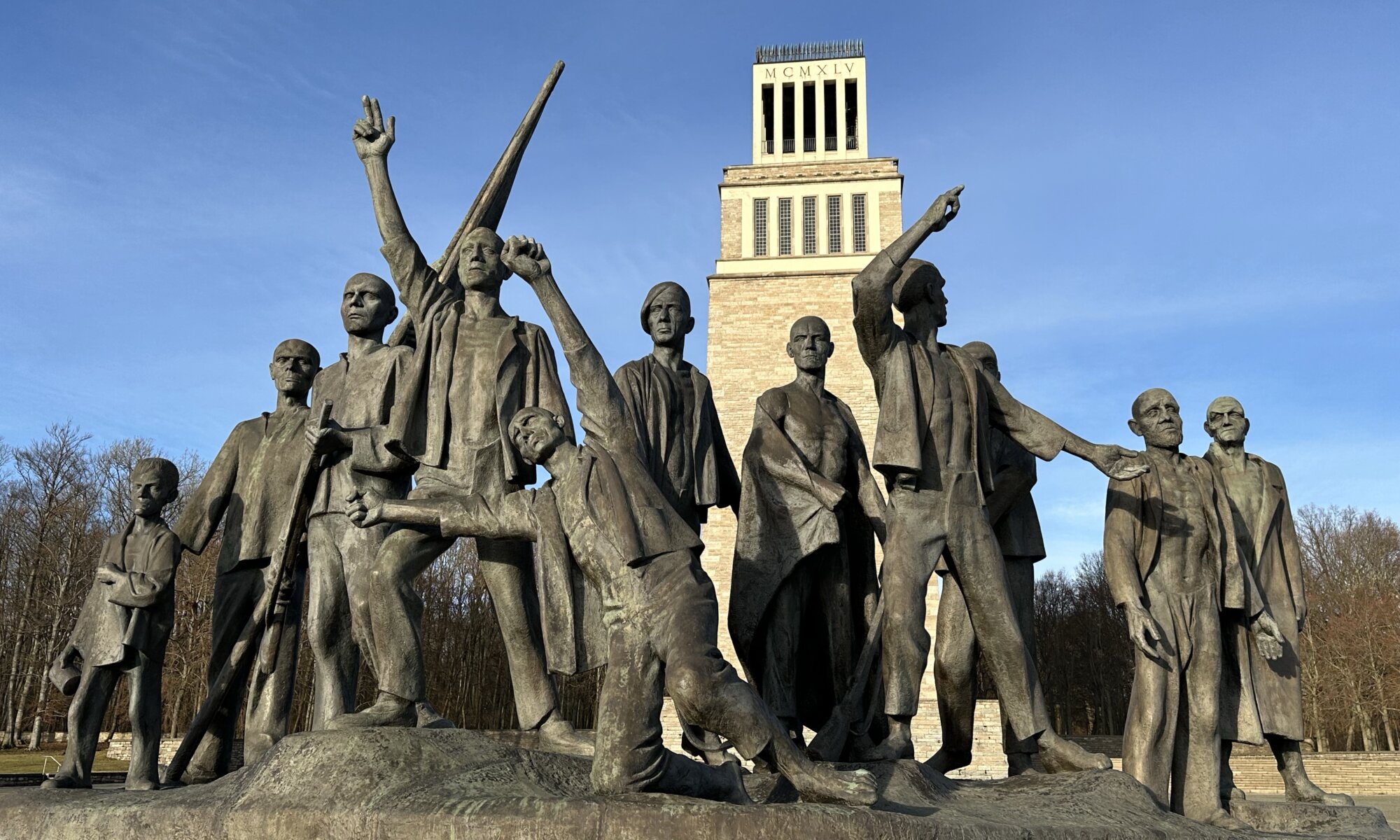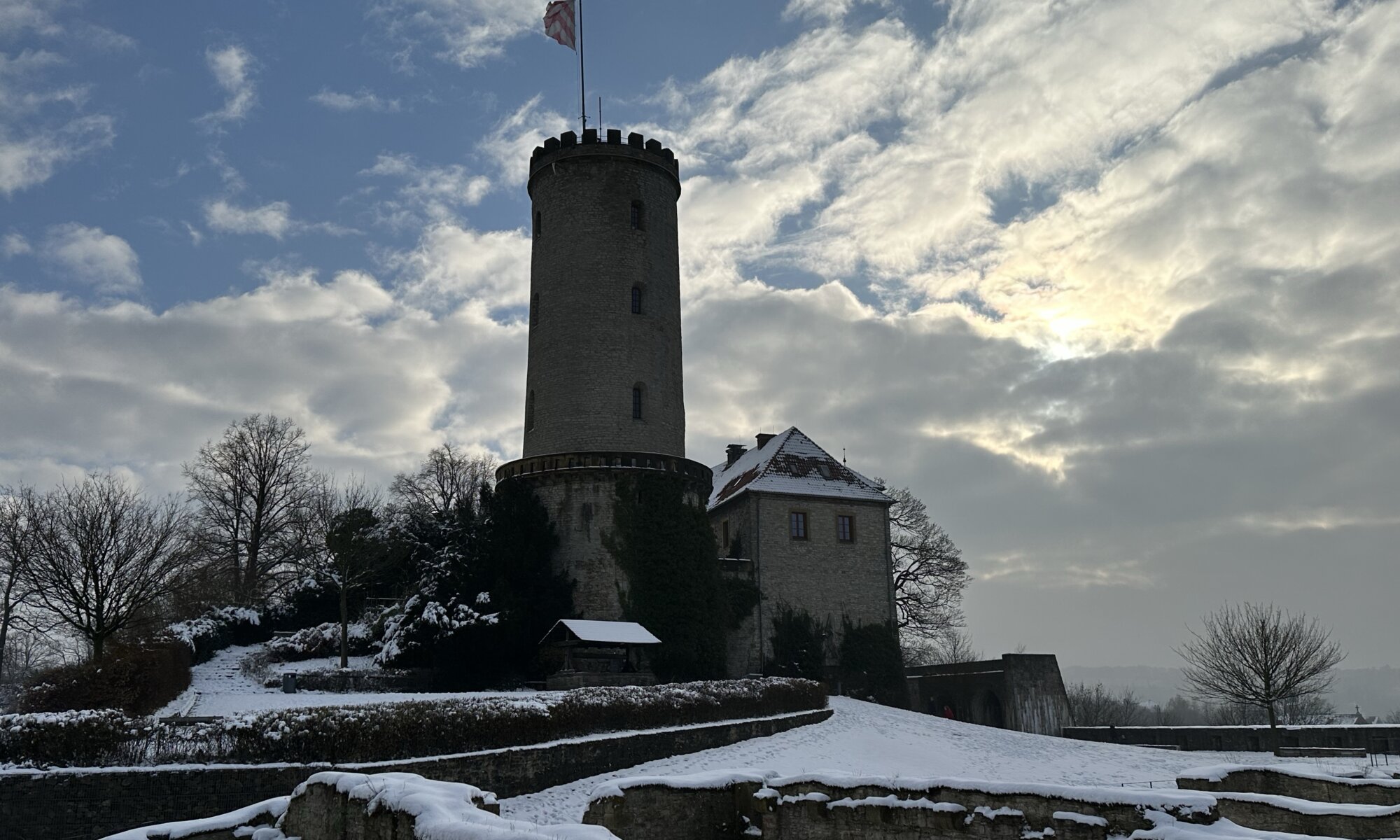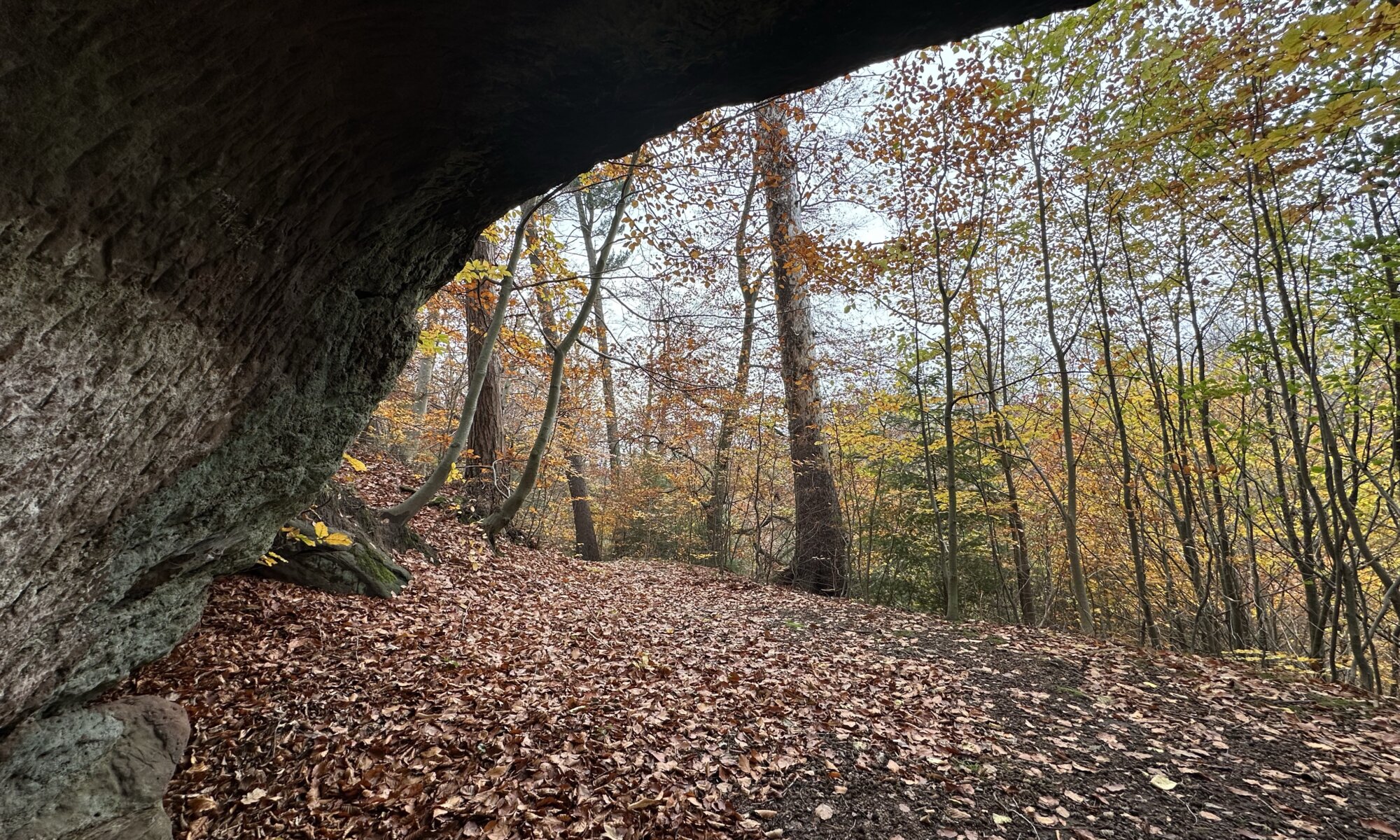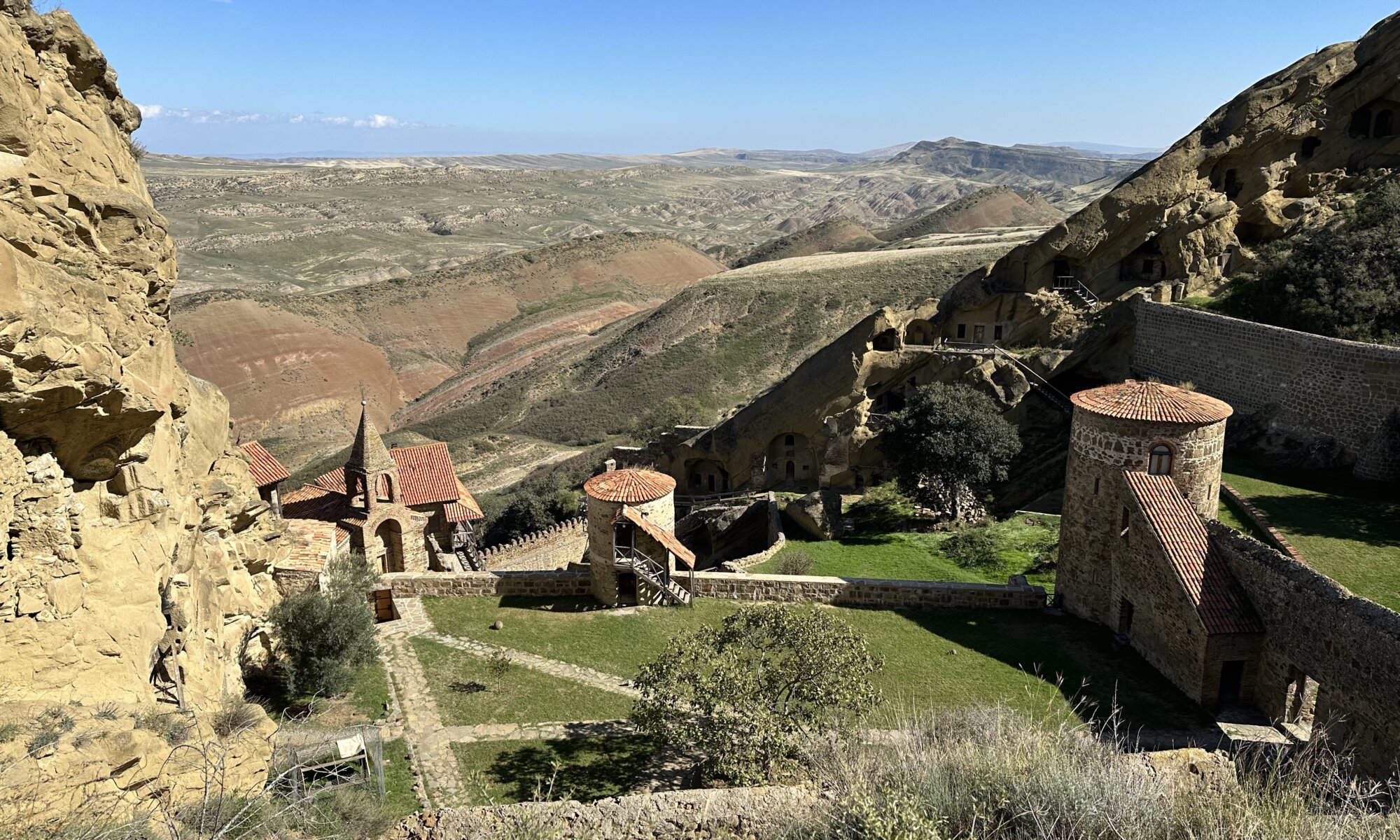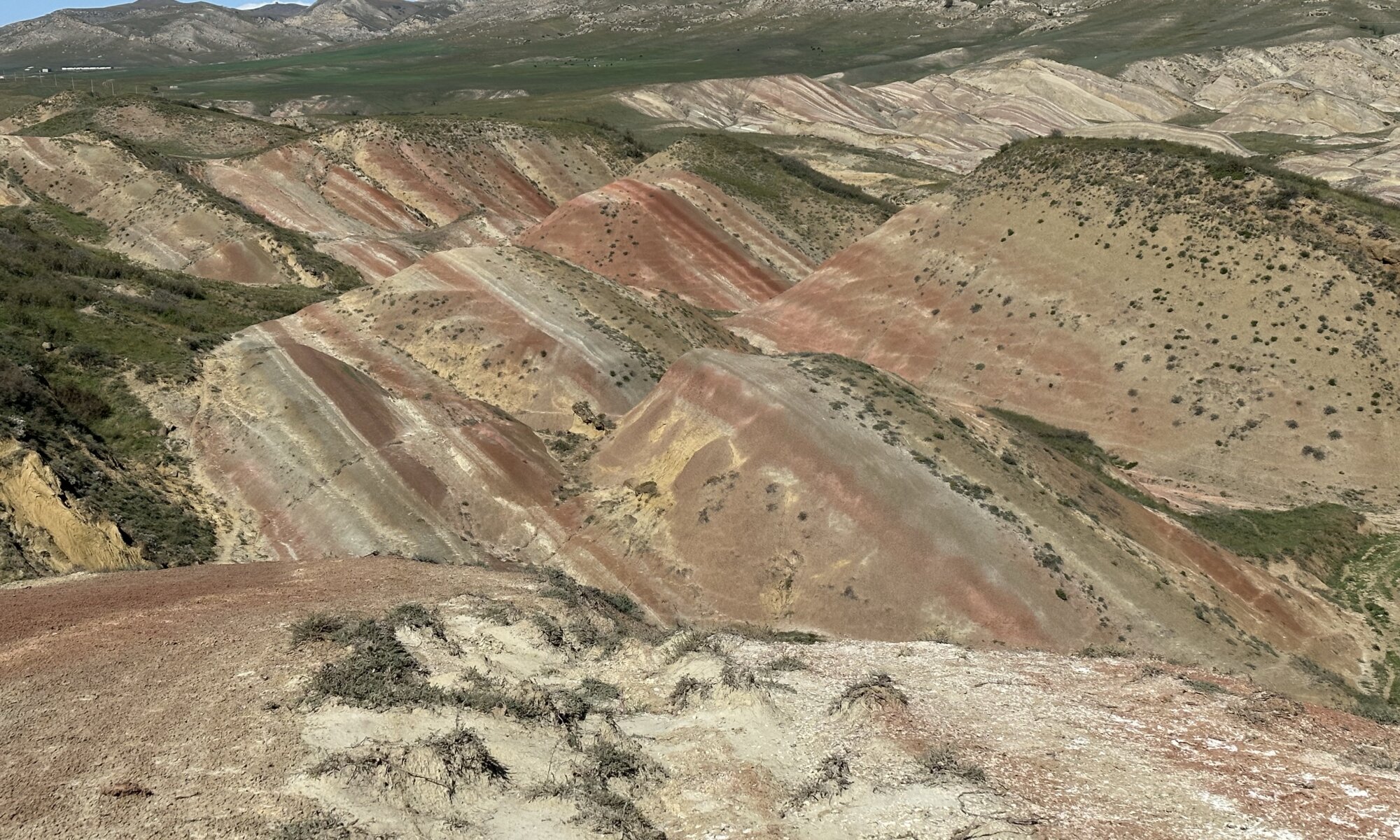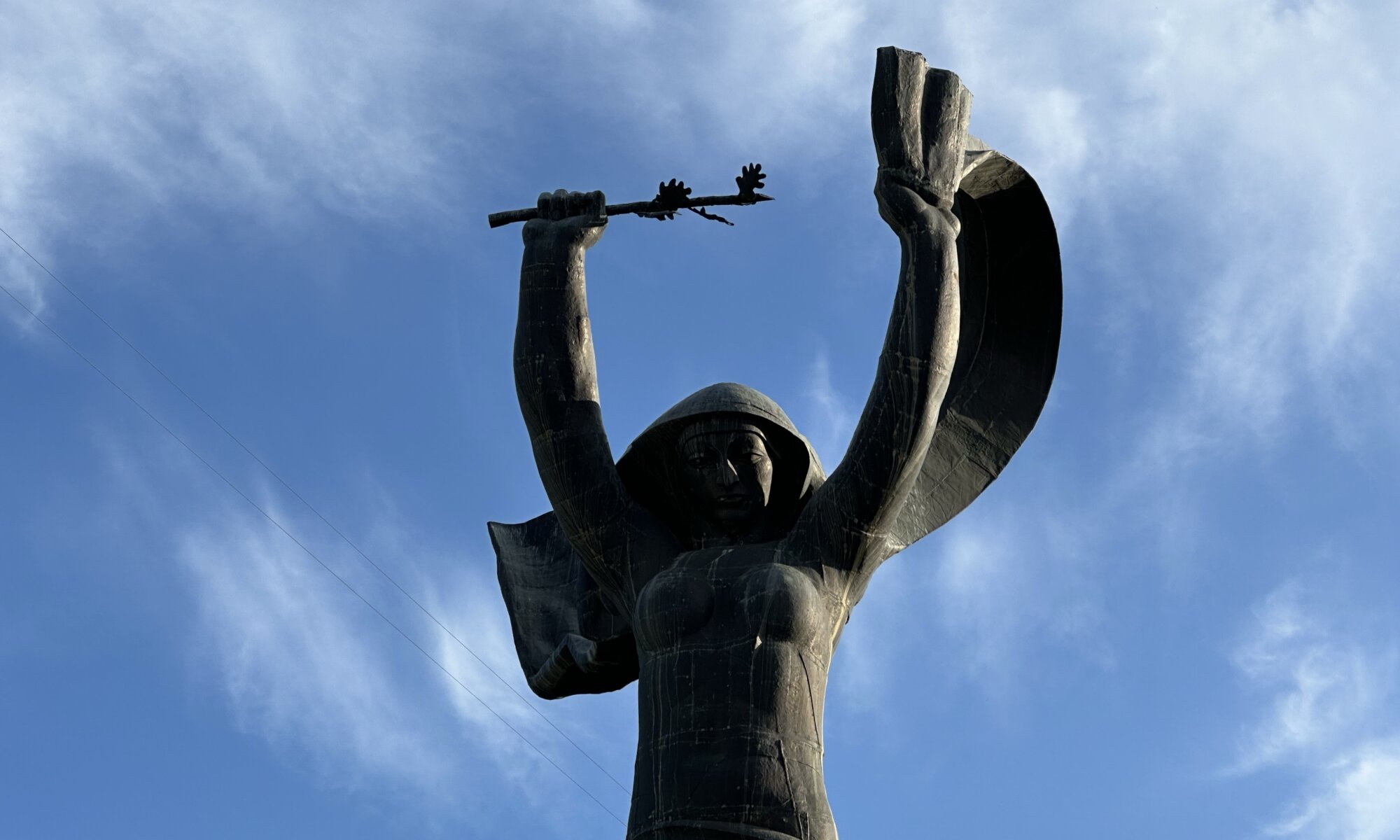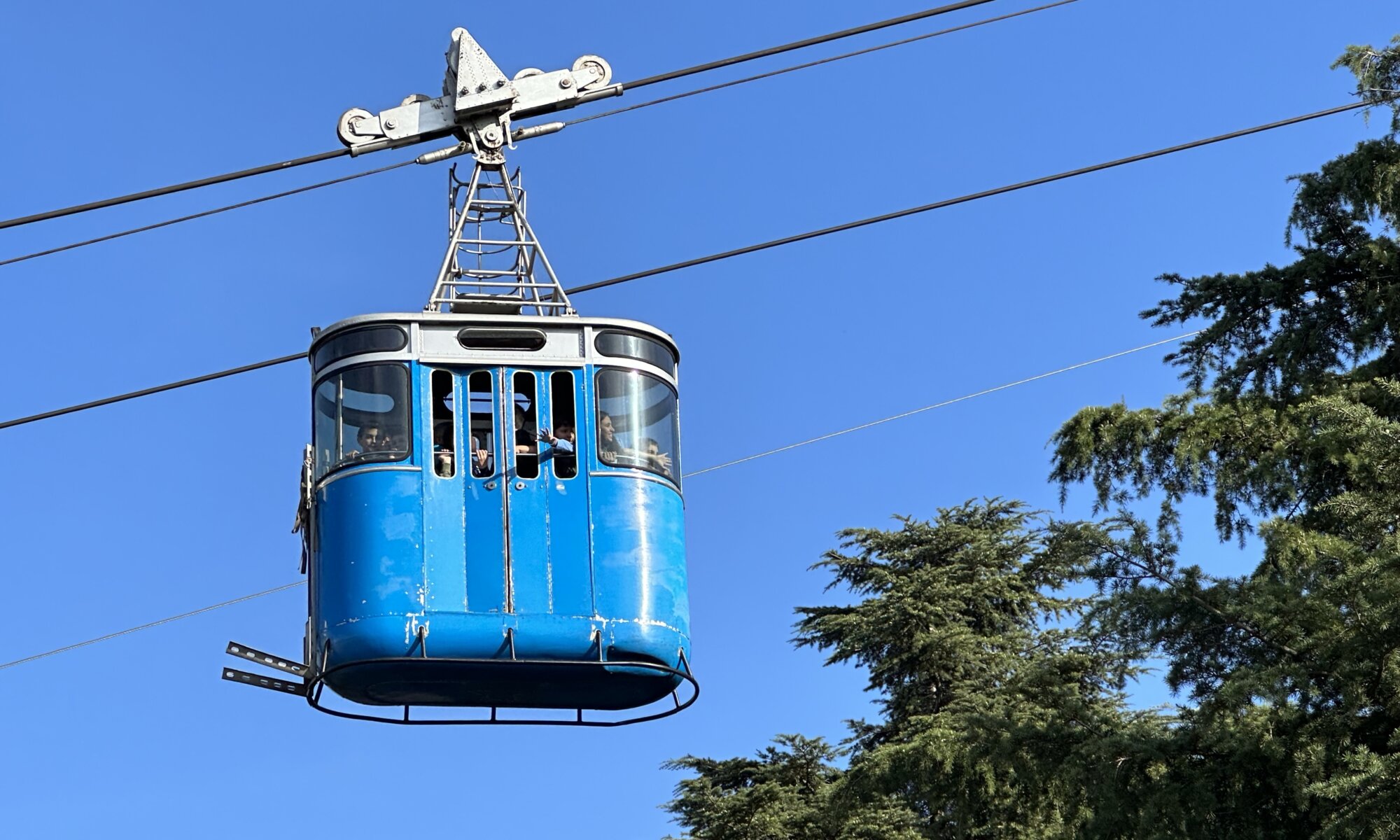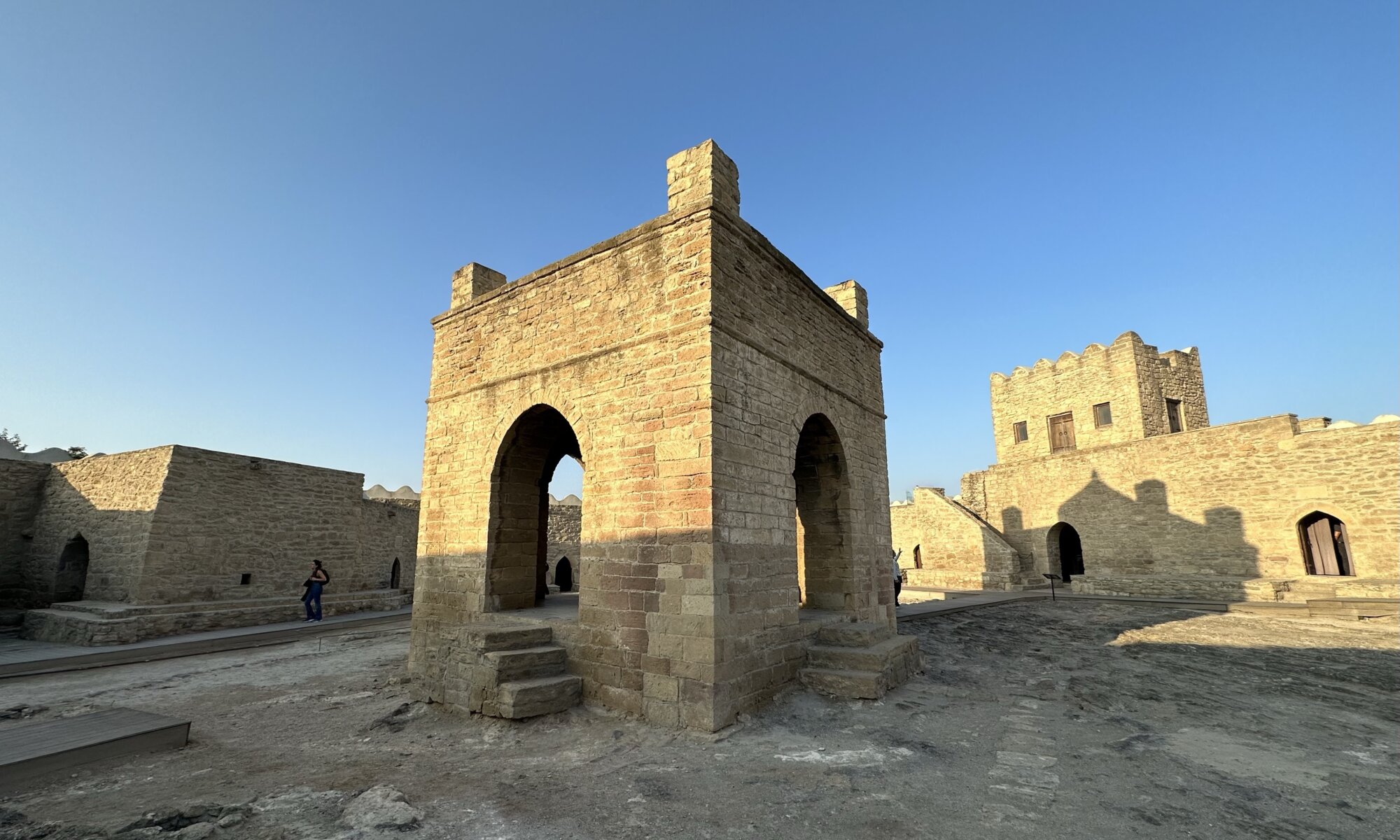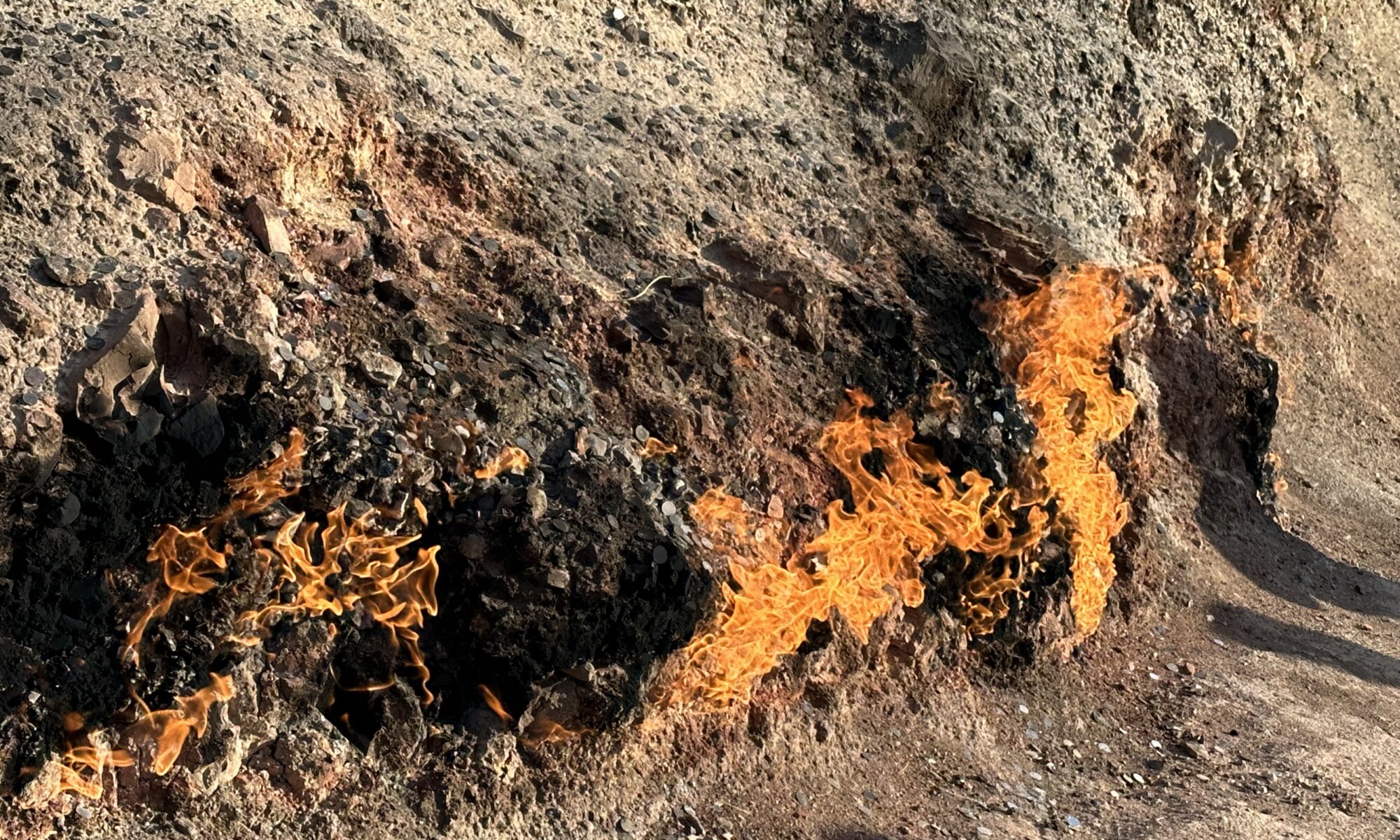The city layout of Karlsruhe is special: when looking at a map you can see a giant circle in the city center. In its middle you’ll find the castle with the castle tower. From there 32 streets radiate out giving the city the nickname of the ‘fan city‘, the Fächerstadt. The city was founded in 1715 and in that year also the construction works of the Baroque-style castle started. It served as the seat of margrave Charles III William of Baden-Durlach and was a residence until the year 1918 when the Grand Duchy of Baden was abolished.
Continue reading “Schloss Karlsruhe”Buchenwald
German fascism created an extensive network of concentration camps, extinction camps and forced labor sites. Jewish citizens, political opponents, prisoners of war, homosexuals, disabled persons, Sinti and Romani people suffered and died because of the ideology of the German Nazi party supported by the German people. The three major concentration camps on German soil are Dachau (close to München), Sachsenhausen (close to Berlin) and Buchenwald on the Ettersberg mountain close to Weimar.
Continue reading “Buchenwald”Sparrenburg
A high tower, strong fortification walls and casemates cut deep into the 180 meters high Sparrenberg mountain: the Sparrenburg is the most important and most visited sight of Bielefeld. It was built until the year 1250 CE to protect the passage through the Teutoburg Forest in which the city of Bielefeld is located in. The castle was continuously altered over time and adopted to technology changes in warfare.
Continue reading “Sparrenburg”Bürgergrotte
Gottfried August Bürger was a German poet who first studied law at the university of Göttingen. There his attention turned away fast from jurisprudence to literature and he became a writer. His most famous work is called Lenore and received attention even beyond German borders. Today the large street around the city center of Göttingen is named Bürgerstraße after him and a bust of him is standing next to. Probably most inhabitants believe that the street is named after themselves (Bürger means citizen in German).
Continue reading “Bürgergrotte”David Gareja
Directly at the border between Georgia and Azerbaijan you can find different orthodox monasteries dating back to the 6th century CE. While the archeological sites on Azeri land are unused, the David Gareja monastery in Georgia is still active and often visited by tourists. It is a a wonderful cloister built into the Udabno mountain in a beautiful scenery.
Continue reading “David Gareja”Rainbow mountains
If you decide to take a tour from თბილისი to the David Gareja monastery at the border to Azerbaijan than it will be probably offered together with a stop at the so-called rainbow mountains. They are actually directly in front of the monastery and not known by this name – but they’re nevertheless absolutely worth a visit.
Continue reading “Rainbow mountains”Gamarjoba
West of the city center of თბილისი you can find Vake park, a large garden opened in 1946 to commemorate the victory in World War II. A long central axis leads you on red sand to the tomb of the unknown soldier surrounded by a mosaic of Georgian flags. Behind there is a water cascade that you can follow up to the central monument finished in 1981 by a Soviet sculptor.
Continue reading “Gamarjoba”Turtle lake
One of the recreation areas of თბილისი is the turtle lake, named because of the amount of turtles found there. It is located at a height of 686 meters above the city quarter Vake of თბილისი. The turtle lake is an artificial lake created from a small mountain river called Varazis-Khevi. It has a maximum depth of 2.6 meters and you can swim in it – but most people come here just for taking a walk around or having a coffee at its shore.
Continue reading “Turtle lake”Atəşgah
A magic place outside of Bakı. The Atəşgah fire temple is a religious place formerly used by Zoroastrianism and Hinduism. It became so famous that even Jules Vernes and Alexandre Dumas visited it and wrote about it. Once you’ve passed the historic walls of Atəşgah you’ll see an eternal flame protected by a building at the center and rooms surrounding it but leaving a large courtyard around the fire.
Continue reading “Atəşgah”Yanar Dağ
Well, it is a burning mountain. As simple as that, as unusual as that. At Yanar Dağ near Bakı, natural gas is continuously floating out of the ground and there are different myths who first set it on fire. Now people travel to this burning mountain and admire the flames.
Continue reading “Yanar Dağ”